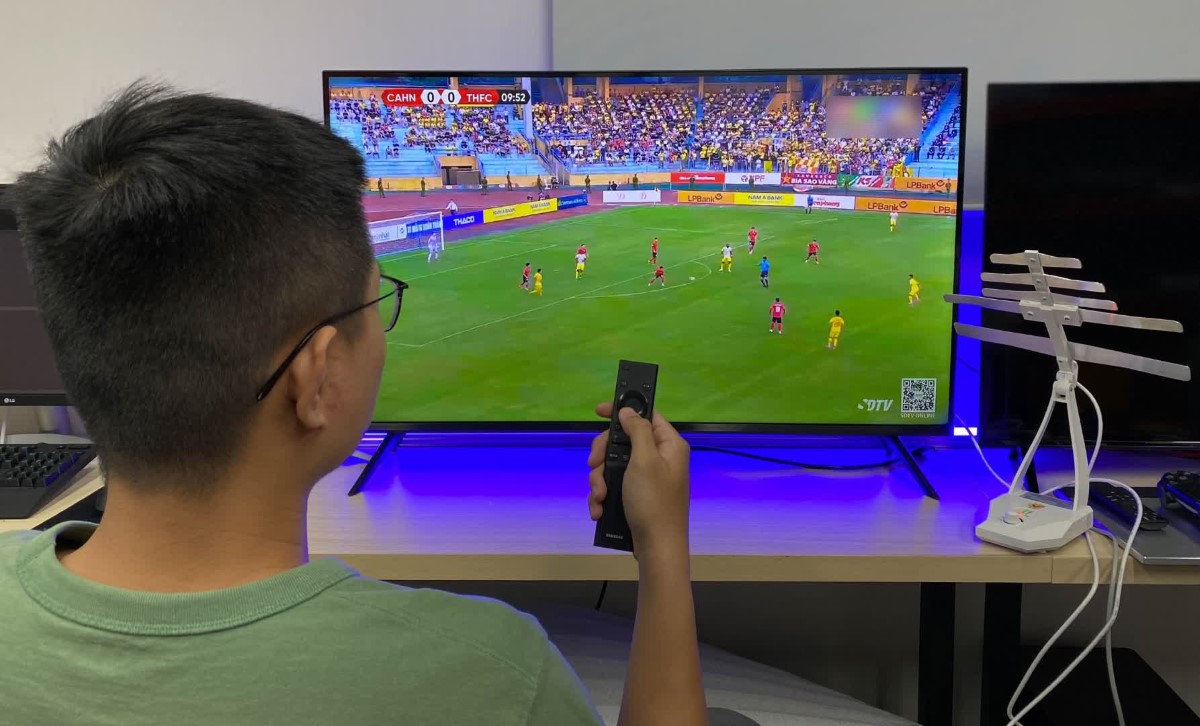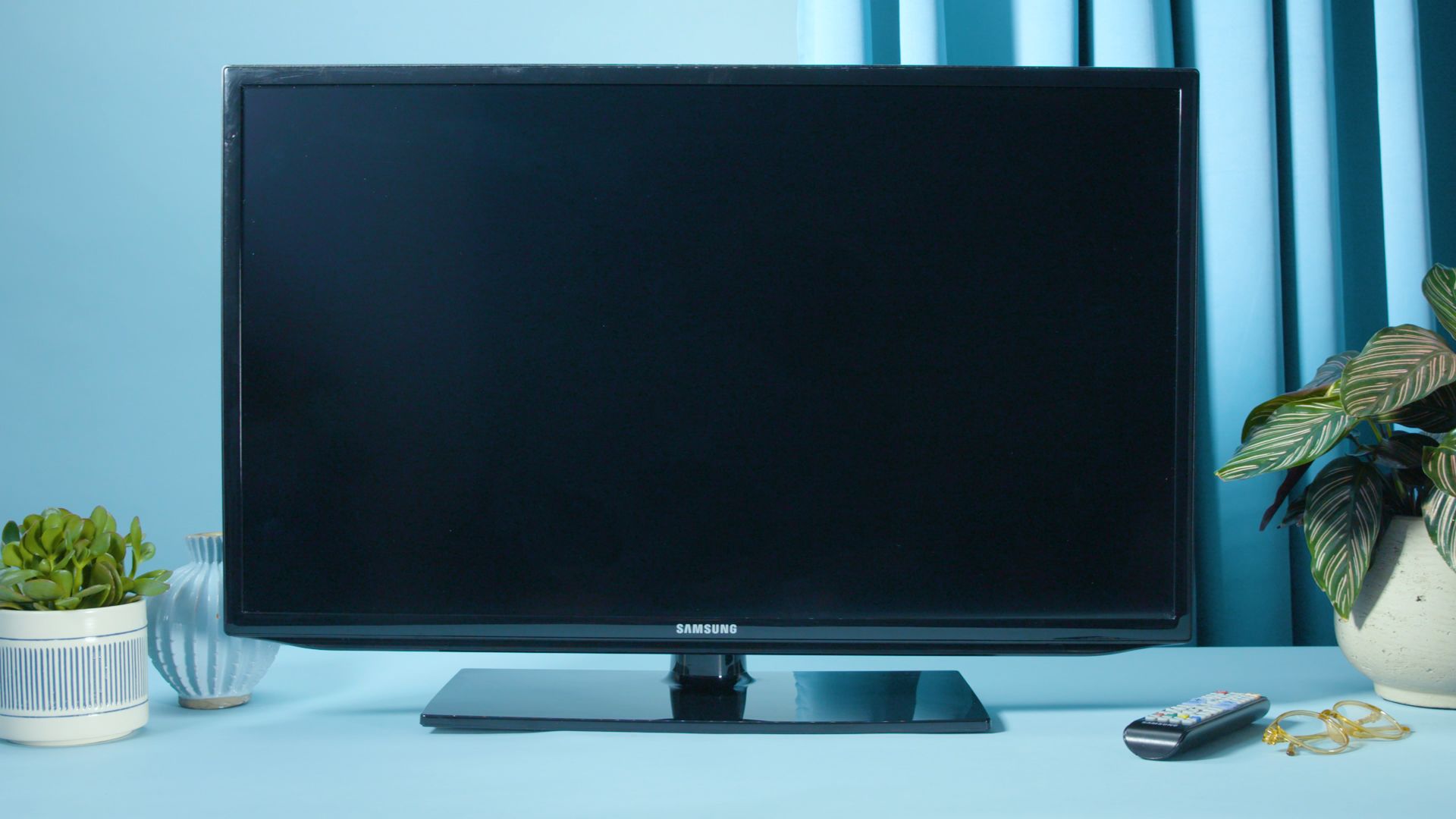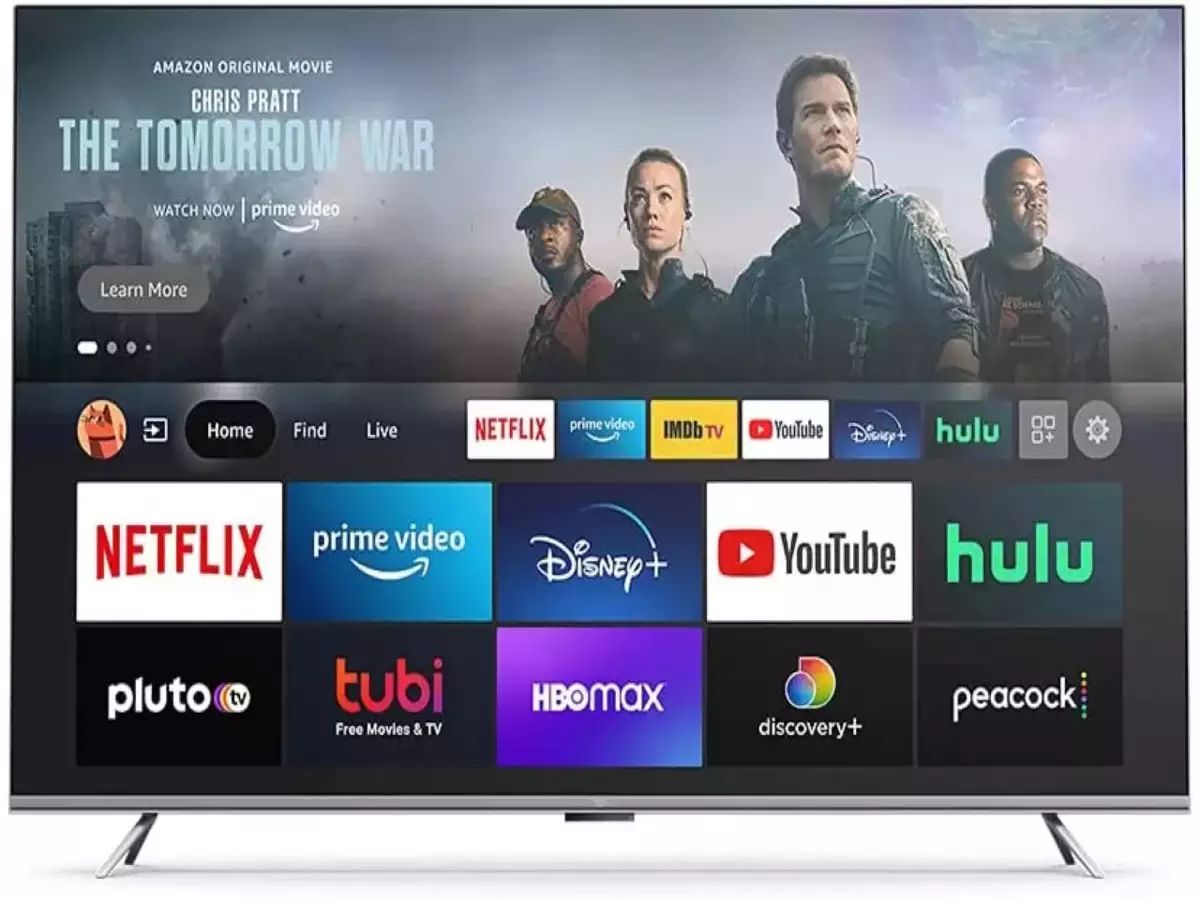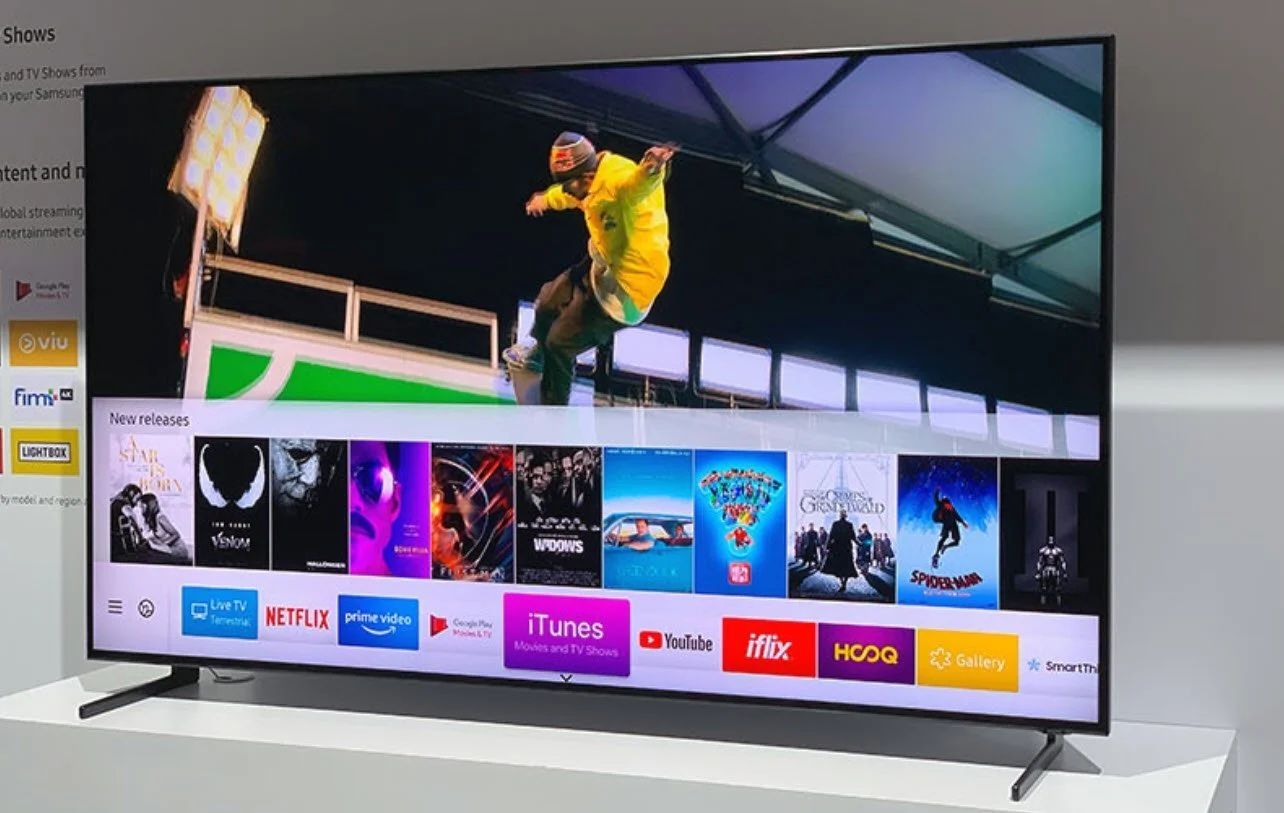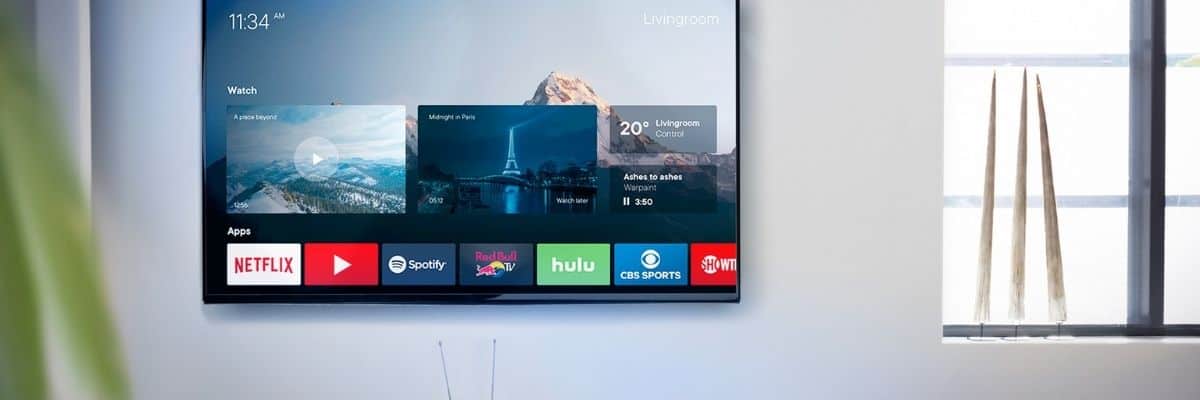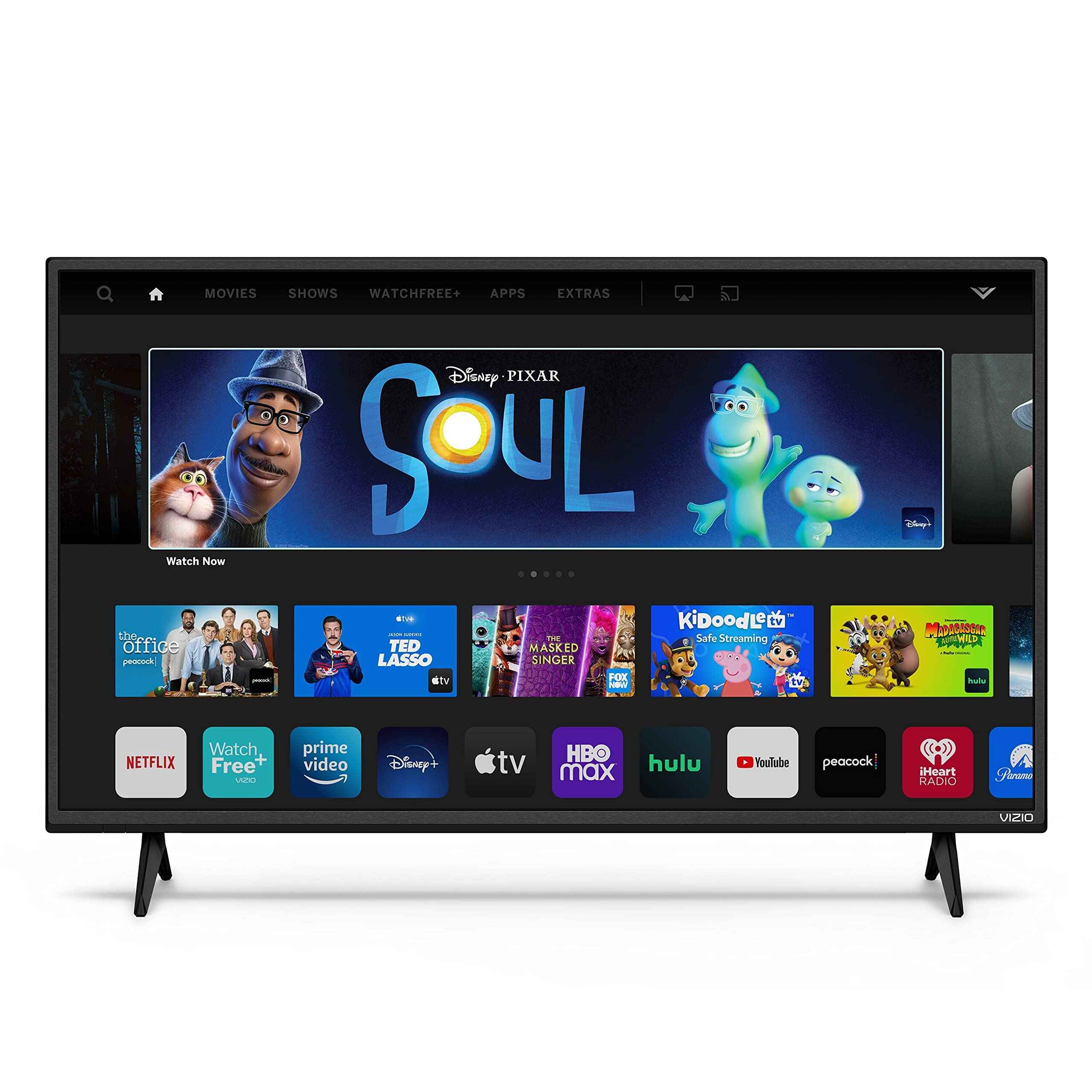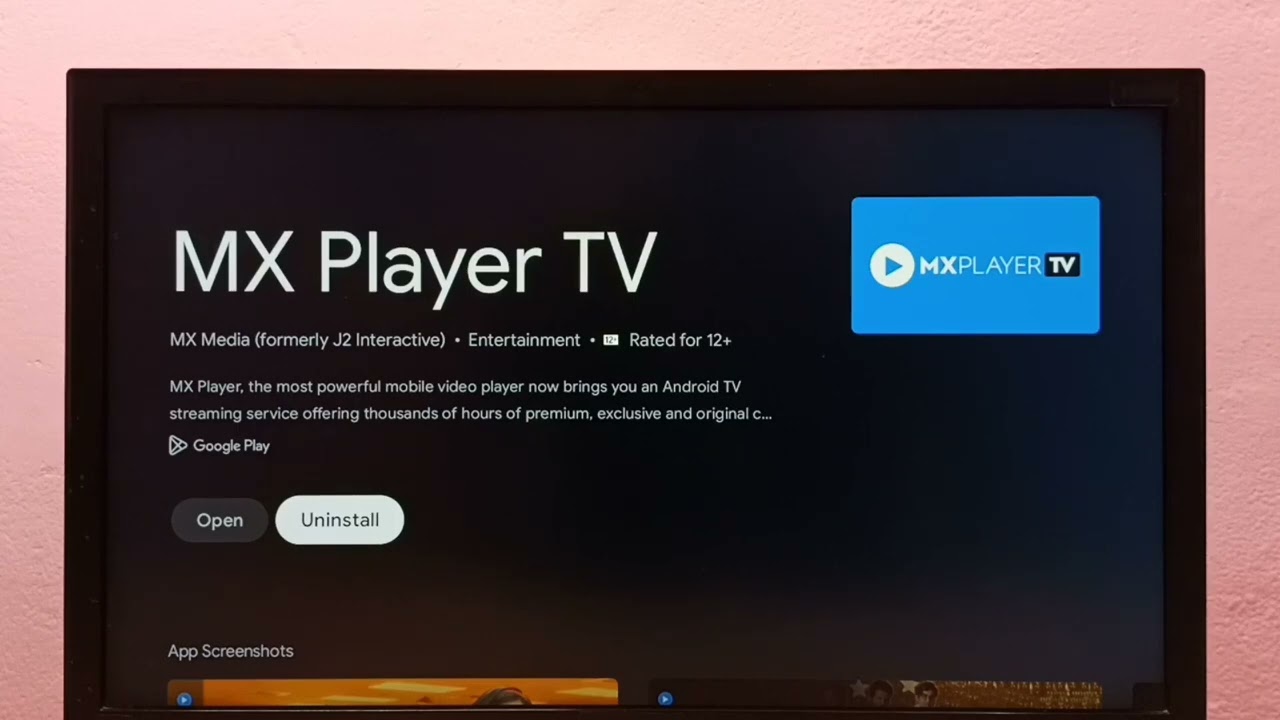Introduction
Welcome to the world of smart TVs, where you can stream your favorite shows and movies, access apps, browse the internet, and enjoy a whole range of entertainment options. However, there may be times when you find yourself yearning for the simplicity and familiarity of regular TV. Whether it’s due to a slow internet connection, a desire to reduce screen time, or simply a preference for traditional programming, getting back to regular TV from your smart TV is easier than you might think.
In this article, we will explore various methods to help you reconnect with the comfort of regular TV. These methods include disconnecting from the internet, resetting factory settings, switching to antenna or cable, using HDMI input, and even unplugging your smart TV altogether. By following these steps, you can seamlessly transition back to regular TV and enjoy the simplicity and convenience it offers.
Before we dive into the step-by-step instructions, it’s important to note that the specific process may vary slightly depending on the brand and model of your smart TV. However, the underlying principles remain the same, and we will provide general guidelines that should be applicable to most smart TVs.
So, if you’re ready to leave behind the complex world of apps and streaming services, and embark on a journey back to the roots of television, let’s explore the methods that will guide you to a more traditional TV experience.
Method 1: Disconnecting from the Internet
If you want to temporarily disable the smart features of your TV and revert to regular TV, you can start by disconnecting it from the internet. This method can be useful if you have a limited or unstable internet connection, or if you simply want a break from streaming services and online content.
To disconnect your smart TV from the internet, follow these steps:
- Using your TV remote, navigate to the settings menu. This is usually represented by a gear icon or a menu button.
- Within the settings menu, look for the network or internet settings. This might be under a different name depending on your TV brand.
- Select the network or internet settings and choose the option to disconnect or disable Wi-Fi. This will prevent your smart TV from connecting to the internet.
- Confirm your selection and wait for your TV to disconnect from the internet. This may take a few moments.
Once you have successfully disconnected your smart TV from the internet, it will no longer be able to access streaming services or online content. Instead, you can now use your TV to watch regular broadcast channels through cable, satellite, or antenna.
It’s important to note that when you disconnect your smart TV from the internet, you may lose access to certain features that require an internet connection, such as app updates or voice control. However, if your goal is to have a more traditional TV experience, this method allows you to enjoy regular TV programming without the distractions of smart features.
Remember, if you decide to reconnect your smart TV to the internet in the future, you can simply follow the same steps and enable the Wi-Fi or internet connection.
Method 2: Resetting Factory Settings
If you’re looking to completely remove all the customized settings and preferences on your smart TV and restore it to its original state, resetting the factory settings is the way to go. This method can be useful if you want a fresh start or if you’re experiencing technical issues with your smart TV.
To reset your smart TV to its factory settings, follow these steps:
- Using your TV remote, navigate to the settings menu. Look for the gear icon or the menu button, typically located at the top or bottom of the screen.
- Within the settings menu, find and select the “System” or “General” settings, depending on your TV brand.
- Look for the option to reset or restore the TV to its factory settings. This may be labeled as “Factory Reset,” “Reset to Default,” or something similar.
- Confirm your selection and follow any on-screen prompts to proceed with the reset process. Be aware that this will erase all personalized settings, including Wi-Fi networks, app logins, and parental controls.
- Wait for your smart TV to go through the reset process, which may take a few minutes. Your TV will restart once the process is complete.
After resetting your smart TV to its factory settings, it will be like using the TV for the first time. You will need to go through the initial setup process, including connecting to Wi-Fi, configuring picture and sound settings, and signing in to your streaming accounts if desired.
Keep in mind that by resetting your smart TV, you will lose all personalized settings, installed apps, and saved preferences. Therefore, it’s important to backup any important data or settings before proceeding with the reset.
Once your smart TV is reset to factory settings, you can choose to not connect it to the internet or decide to connect it and selectively enable the smart features of your choice. This method allows you to start fresh and customize your TV experience based on your preferences.
Method 3: Switching to Antenna/Cable
If you want to enjoy traditional TV channels without the need for an internet connection or smart features, switching to an antenna or cable is a simple and effective method. This method allows you to access over-the-air broadcast channels or cable channels directly on your TV, giving you access to a wide range of live programming.
To switch to antenna or cable on your smart TV, follow these steps:
- Locate the coaxial antenna or cable input on the back of your TV. It’s usually labeled as “ANT” or “CABLE-IN”.
- If you’re using an antenna, connect the coaxial cable from your antenna to the “ANT” input on your TV.
- If you’re using a cable connection, connect the coaxial cable from your cable provider to the “CABLE-IN” input on your TV.
- Once the cable or antenna is connected, use your TV remote to navigate to the input/source selection menu. This is typically represented by a button labeled “Input” or “Source”.
- Select the input/source that corresponds to the antenna or cable connection. It may be labeled as “TV”, “Antenna”, “Cable”, or something similar.
After selecting the antenna or cable input, your smart TV will automatically scan for available channels. This process may take a few minutes, so be patient.
Once the channel scan is complete, you can use your TV remote to navigate through the available channels. You can also use the channel guide or program menu to browse upcoming shows and schedule recordings if your TV has those features.
By switching to antenna or cable, you can enjoy a variety of local and national broadcast channels without the need for an internet connection or smart TV features. This method provides a familiar TV experience with the added benefit of live programming.
Don’t forget to periodically rescan for channels, especially if you move the antenna or have any changes in your cable subscription. This will ensure that you can access the most up-to-date channel lineup.
Method 4: Using HDMI Input
If you want to switch from the smart features of your TV to a different device, such as a cable box, game console, or DVD player, using the HDMI input is a convenient option. This method allows you to connect external devices to your TV and enjoy their content without relying on the smart features of the TV itself.
To use the HDMI input on your smart TV, follow these steps:
- Locate the HDMI ports on the back of your TV. These ports are usually labeled as “HDMI”. The number of HDMI ports may vary depending on your TV model.
- Connect one end of the HDMI cable to the HDMI output port of your external device (cable box, game console, etc.).
- Connect the other end of the HDMI cable to one of the available HDMI input ports on your smart TV.
- Once the HDMI cable is properly connected, use your TV remote to navigate to the input/source selection menu.
- Select the HDMI input that corresponds to the device connected to your TV. It may be labeled as “HDMI 1”, “HDMI 2”, or something similar.
After selecting the HDMI input, your smart TV will display the content from the connected device. For example, if you connected a cable box, you will see the cable TV channels on your TV screen. If you connected a game console, you can play games on your TV using the console.
By using the HDMI input, you can easily switch between different devices and enjoy their content directly on your TV. This method allows you to make the most of your smart TV’s display capabilities while utilizing external devices for specific content or activities.
Keep in mind that you may need to use the remote control of the connected device to navigate and control its features. Your smart TV’s remote control may have limited functionality when using the HDMI input, depending on the device.
If you have multiple HDMI devices, you can switch between them by selecting the corresponding HDMI input on your TV. This gives you the flexibility to enjoy a variety of content without relying solely on the smart features of your TV.
Method 5: Unplugging the Smart TV
If you’re looking for a straightforward and quick method to disconnect from the smart features of your TV, you can simply unplug it from the power source. This method completely cuts off the power supply to the TV, effectively disabling all smart functionalities.
To unplug your smart TV, follow these steps:
- Locate the power cord at the back of your TV and follow it to the power outlet.
- Ensure that the TV is turned off and any standby lights are not illuminated.
- With caution, grip the plug at the end of the power cord and gently pull it out from the power outlet.
Once the smart TV is unplugged, it will no longer have access to the internet, streaming services, or any other features that require power. This means you will be able to use the TV for regular TV channels through antenna, cable, or other external devices connected via HDMI, but without the distractions or functionalities of smart features.
It’s important to note that when you unplug your smart TV, it resets any customized settings or preferences you may have had. This includes but is not limited to picture and sound settings, network configurations, and app logins. However, once you plug the TV back in, you can go through the setup process again to restore your preferred settings.
Unplugging your smart TV can be a convenient method if you want to completely disconnect from the smart features temporarily. Whether you’re looking to reduce energy consumption, take a break from streaming services, or simply enjoy the simplicity of regular TV, this method allows you to disconnect seamlessly without any complicated steps.
When you’re ready to use the smart features of the TV again, simply plug it back into the power outlet and turn it on. Your smart TV will be ready to connect to the internet and provide access to a wide range of streaming services and apps.
Conclusion
Transitioning from a smart TV back to regular TV is a simple process that allows you to enjoy the simplicity and familiarity of traditional broadcasting. Whether you’re seeking to reduce screen time, have a more reliable TV experience, or simply prefer the straightforward nature of regular TV, there are several methods you can utilize.
By disconnecting from the internet, you can temporarily disable the smart features of your TV and focus on watching regular broadcast channels without any distractions. Resetting your smart TV to factory settings provides a fresh start, erasing all personalized settings and preferences. Switching to an antenna or cable allows you to access over-the-air or cable channels, bringing you a wide range of live programming. Using the HDMI input, you can easily switch between different devices and enjoy their content on your TV screen. Finally, unplugging your smart TV completely disables all smart functionalities, leaving you with a traditional TV experience.
Remember, the specific steps may vary slightly depending on your smart TV brand and model. However, the underlying principles remain the same, and the methods outlined in this article should provide a general guide that can be adapted to most smart TVs.
Whichever method you choose, the goal is to create a TV experience that aligns with your preferences and needs. Whether you prefer the convenience of smart features or the simplicity of regular TV, it’s important to have the flexibility to switch between the two as desired.
So, take control of your viewing experience and enjoy the best of both worlds – the technological advancements of smart TVs and the traditional charm of regular TV broadcasting.







